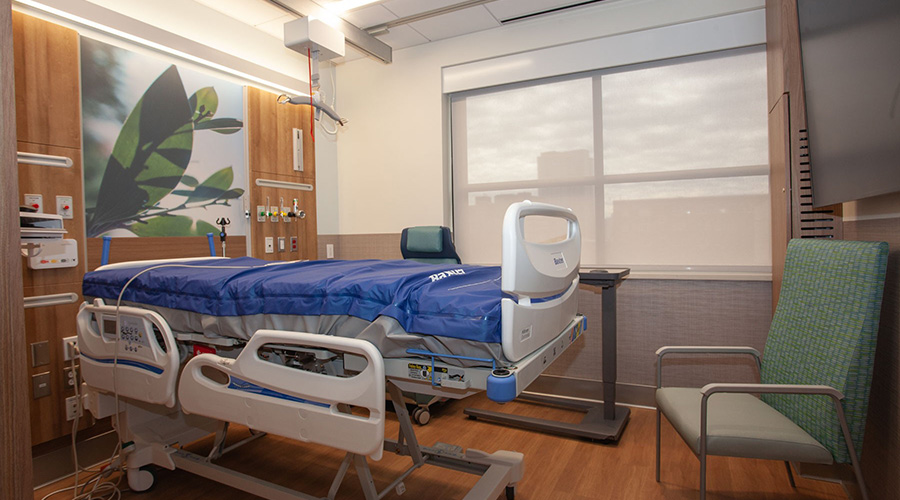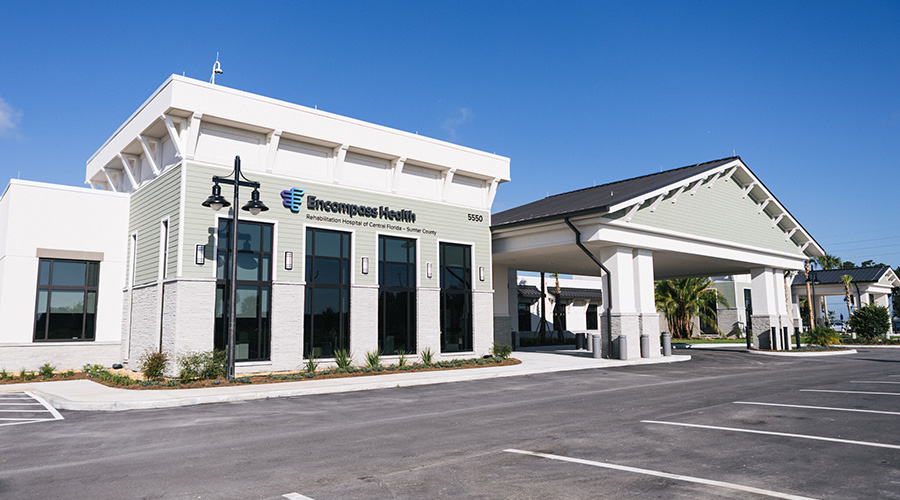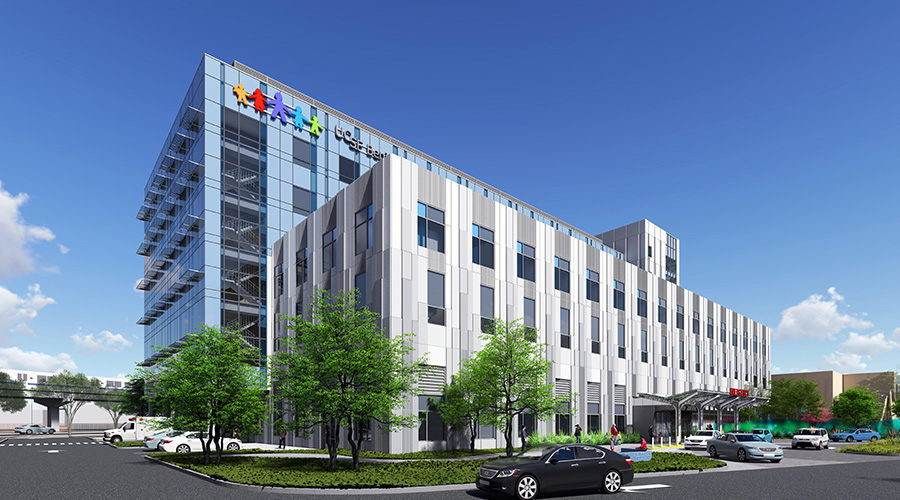Facilities managers involved in emergency preparedness for their organizations understand that while some strategies and tactics can apply to many facilities, the most successful plans are tailored to the specific needs of their type of facilities. In the case of assisted living communities, the COVID-19 pandemic exposed the need for new thinking on the unique needs of these facilities and their operations and occupants.
The first national study of COVID-19-related mortality in U.S. assisted living communities shows a “crucial need” for specific attention to such residences in pandemic and other emergency responses, according to McKnight’s Senior Living.
New research showed that deaths in assisted living communities were significantly higher in 2020 than in 2019. The study shows that assisted living residents experienced increased mortality during the pandemic consistent with deaths among nursing home residents, according to the authors. This finding underscores the importance of understanding the “unique challenges” assisted living communities face.
The fact that assisted living is built on a social model of care rather than a medical model, and the fact that residents are more independent than nursing home residents, can increase the risk of viral transmission as residents welcome visitors, as well as schedule and access medical care on their own, the authors said.

 Streamlined Integrated Project Delivery Tackles Design Challenges
Streamlined Integrated Project Delivery Tackles Design Challenges Encompass Health Rehabilitation Hospital of Central Florida - Sumter County Opens
Encompass Health Rehabilitation Hospital of Central Florida - Sumter County Opens Rudolph and Sletten Awarded $960M for New UCSF Benioff Children's Hospital
Rudolph and Sletten Awarded $960M for New UCSF Benioff Children's Hospital How Designers Create Welcoming Senior Care Communities
How Designers Create Welcoming Senior Care Communities Data-Driven Decisions: How Analytics Are Shaping Healthcare Facility Planning
Data-Driven Decisions: How Analytics Are Shaping Healthcare Facility Planning